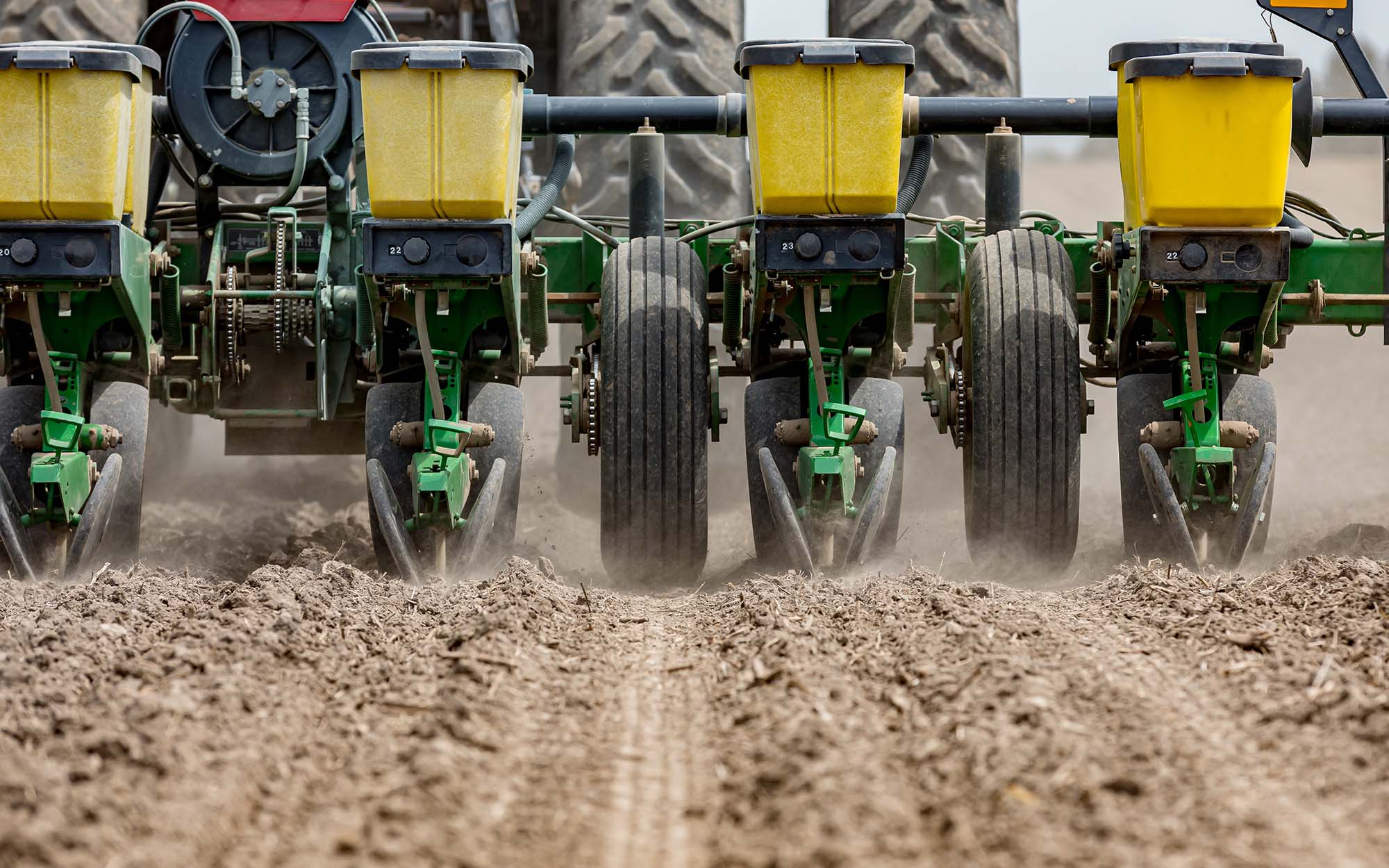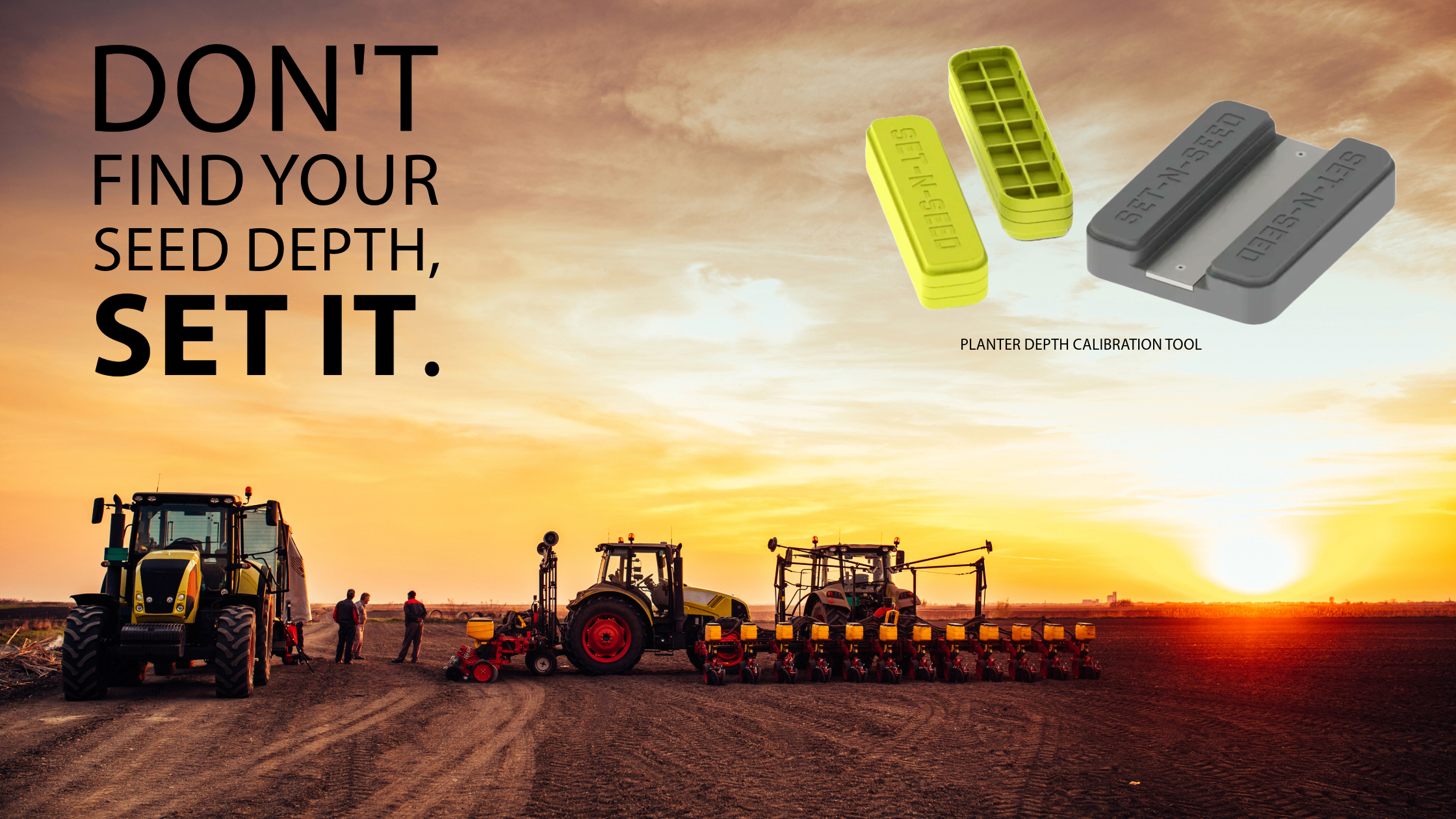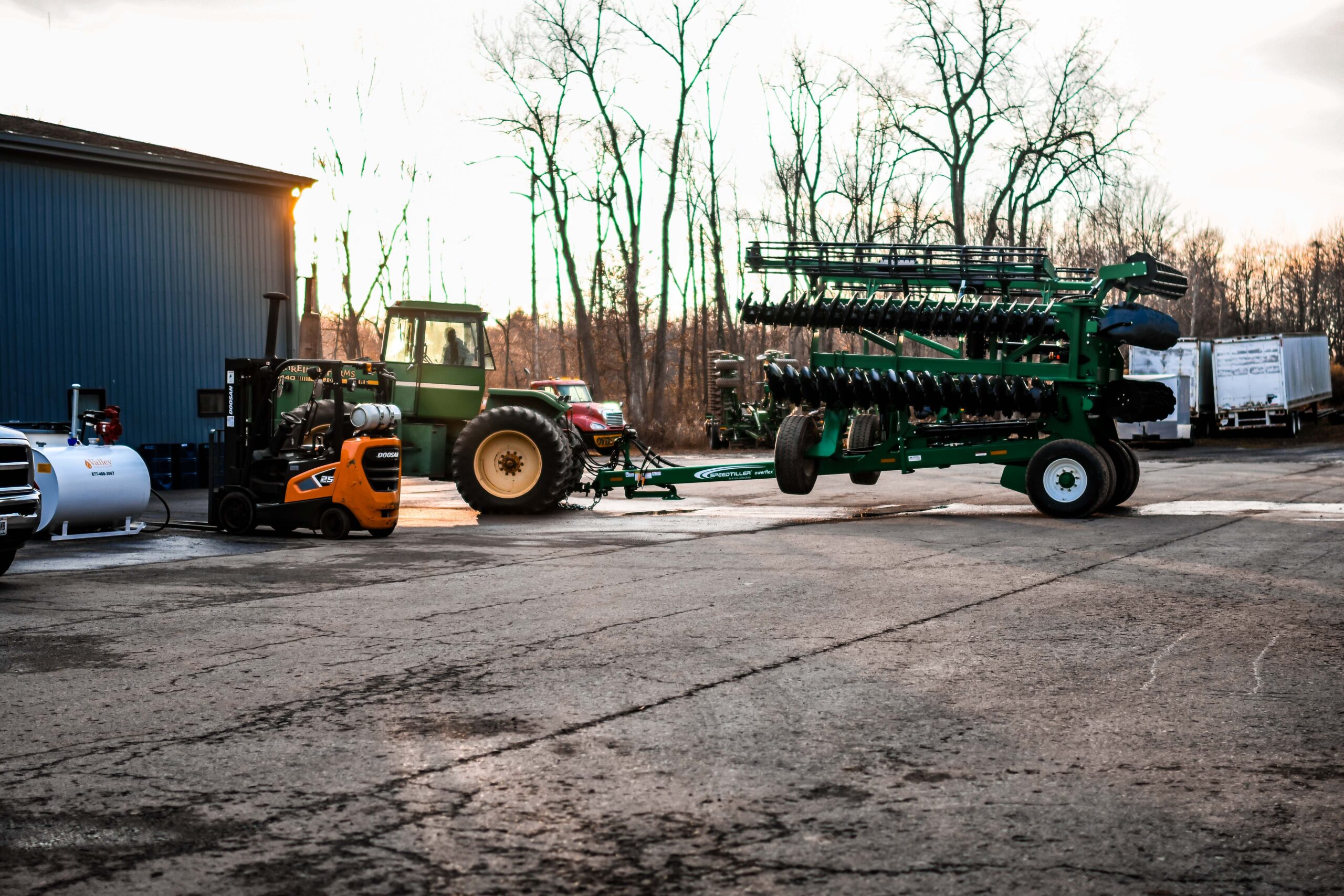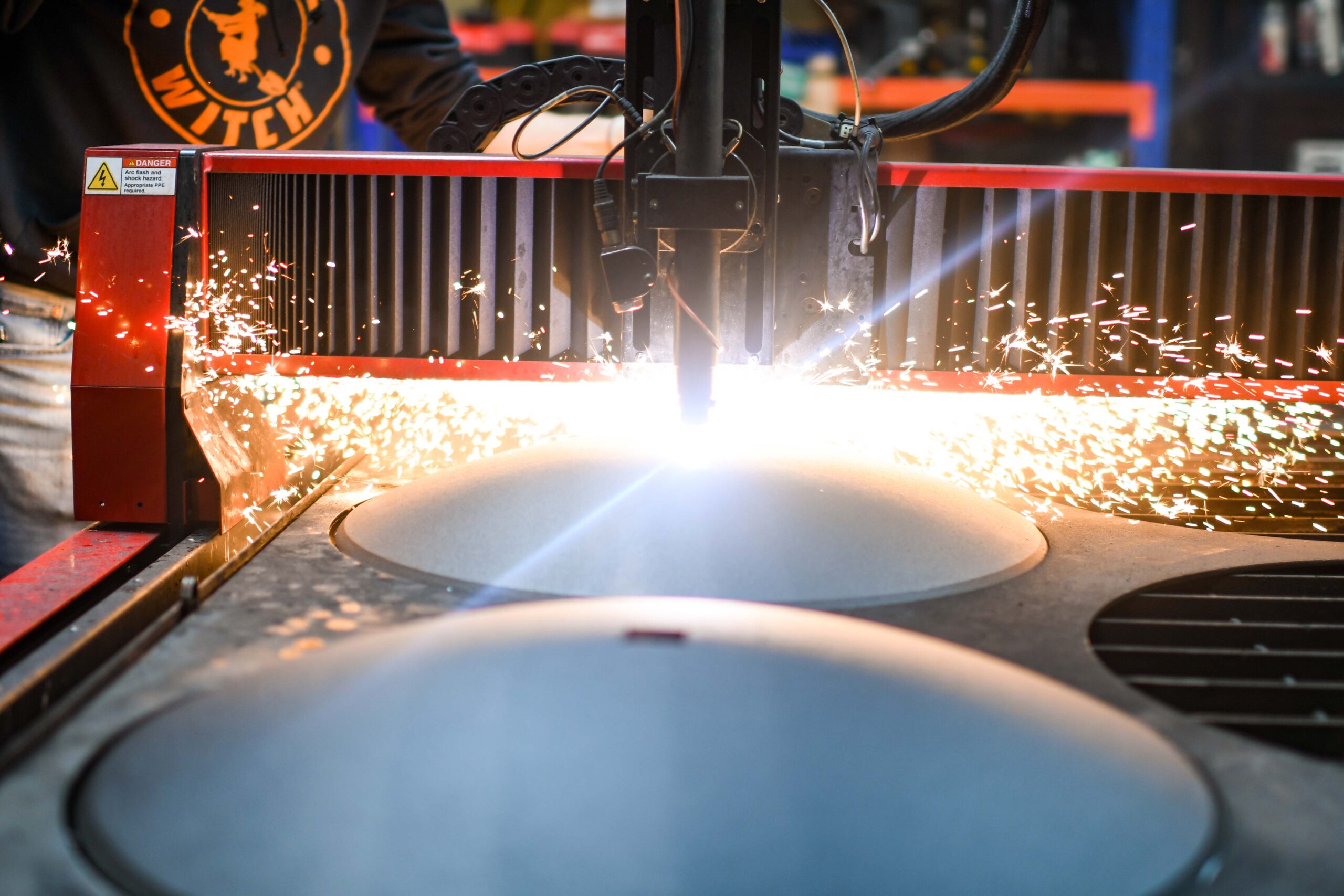
Tips & Tricks to Better Maintain Your Seed Planter
Seed planting is the backbone of every successful farming enterprise. Whether on a small piece of land or a vast commercial farm, planting the right seeds at the appropriate time and manner sets the stage for a great harvest.
That being said, an efficient seed planter is the key to success for a business that grows crops. A well-maintained tool saves time and money and affects your bottom dollar because your yields will be higher.
But when is it time to replace your seed disc openers? Better yet, what can you do to ensure a smooth farming season? Keep reading to find out!
16 Tips for Seed Planter Maintenance
If you want to keep your seed planters in good shape, consider the following tips:
Why Should I Use Yetter Strip Fresheners?
Many farmers have turned to Yetter. Here’s why you should consider Yetter 2984 strip fresheners for your farming needs.
1. Keep Your Seed Planter Clean
Start by cleaning the planter thoroughly after each use. This will remove debris, dirt, and dust that might clog the mechanism. A clean seed planter ensures the seeds move freely through the machine, so you avoid clogs or uneven distribution. Although cleaning after every use may seem over the top, it’s an excellent habit.
2. Lubricate the Moving Parts Regularly
Make sure all moving parts of the planter are well lubricated. Apply a few drops of oil to the rotating shafts, bearings, chains, and any other points where friction is created. Invest in sprays that lubricate and protect the seed planter to prolong its lifespan.
3. Remember the Tires
Seed planters have wheels of all sizes. Regardless of the size, confirm that they function efficiently. Check the pressure regularly and verify that all tires are inflated to the recommended pressure.
Worn-out tires can affect seed depth and cause uneven planting. Uneven tires that vary seed depth can also force certain parts of the seeder to work harder, so the machine wears out quicker.
4. Clean the Seed Tubes
Seed tubes are the main channels through which the seeds travel from the hopper to the planting discs. Any clogging within seed tubes can lead to uneven distribution or damage to your seedlings. To prevent this, check that seed tubes are clear and free from debris or residue.
5. Schedule Professional Service
Sometimes a seed planter requires professional servicing to maintain optimal performance. Servicing may include disassembling, inspecting, and replacing worn-out components. It’s recommended that servicing is performed by an authorized technician who knows the seed planter’s operation.
Even if nothing appears to be wrong, it’s still a good idea to get the mechanism examined from time to time. Identifying a small problem early can save hundreds of dollars down the line.
6. Calibrate
Calibration is essential to ensure the seed planter distributes the seeds evenly and accurately. Somebody can adjust the seed opening size and spacing between the rows. Calibration should be done at the beginning of each planting season and whenever changes are made to the seed type or planter components.
7. Inspect Electrical Components, Especially If Stored Outside
If the seed planter has electrical components like sensors, wires, or connectors, it’s essential to inspect them regularly. These components can be damaged by moisture or corrosion, leading to the malfunction or failure of the seed planter. Regular inspection and cleaning of the electrical components will ensure they function correctly.
8. Check the Seed Metering Disks
Seed metering disks or seed cups distribute the seeds accurately across the field. Make sure the cogs on the disks are in good working condition and have sufficient space between themselves and the seed hopper. This will ensure the appropriate amount of seeds are released during planting.
9. Monitor Seed Sensors
Some modern seed planters come with sensors that measure the machine’s motion or the seed distribution rate. Check your sensors to verify they operate correctly and replace any faulty components. A faulty speed sensor can cause uneven distribution, even if it’s off by only a tiny bit.
10. Inspect the Depth Wheels
Depth wheels facilitate precise seed placement and determine the planting depth of the seed. Check the depth wheels by removing them from the planter and cleaning them thoroughly. Make sure they turn smoothly and are not worn out.
11. Mind the Seed Hopper
The seed hopper is the most visible part of the seed planter, and it needs to be in good condition. Check for cracks and other signs of damage. Moreover, check that the hopper lid is fastened securely to prevent seed loss.
12. Clean the Row Units
The row unit is responsible for opening a furrow, planting the seed, and covering it with soil. Clean the row units to remove residue, debris, or other materials that could prevent seed germination. Confirm that the row unit disks are sharp. A worn-down disk can cause more harm than good.
13. Regularly Inspect the Seed Firmers
Seed firmers push the soil over the seed to adequately cover it. Inspect the seed firmers regularly to make certain they move freely and do not cause any seed disturbance.
14. Store Properly
Store your seed planter appropriately when it’s not in use. Stow it in a dry place, preferably under cover or inside a shed. If possible, elevate the planter to prevent damage and deterioration from the ground. As with any machinery, leaving it out in the open wears it down sooner.
15. Check for Wear and Tear
Some seed planter components may wear out quicker than others. It’s crucial to regularly check for wear and tear in elements such as colters, seed disc openers, and bearings. If any worn parts are discovered, they should be replaced immediately to prevent further damage or failure.
16. Follow the Manufacturer’s Instructions
Each planter is uniquely designed and requires its own maintenance techniques. Consult the manufacturer’s cleaning, maintenance, and repair guide to keep your seed planter in top condition.
Maintaining your seed planter properly is vital. Appropriate maintenance guarantees effective seed distribution and minimizes downtime during the farming season.
Invest in quality maintenance products and routinely inspect and clean all components of your seed planter. With proper care and use, your planter will provide reliable and efficient farming for years.
Durable Seed Planter Parts Are Just a Click Away
Looking for high-quality seed planter parts to take your farming operation to the next level? Look no further than RangeLine Group.
Our top-of-the-line seed planter parts are built to last, with sturdy construction and advanced features that make planting more efficient than ever before. With our seed planter parts, you can achieve higher yields and maximize profits—all while minimizing downtime. Even better, thanks to our commitment to customer service and support, you can trust we’ll be there to help you every step of the way.
Choose RangeLine Group for your seed planter parts and experience the difference quality and reliability can make.








